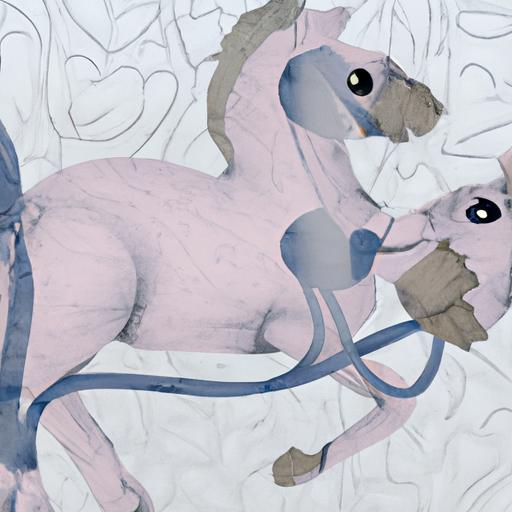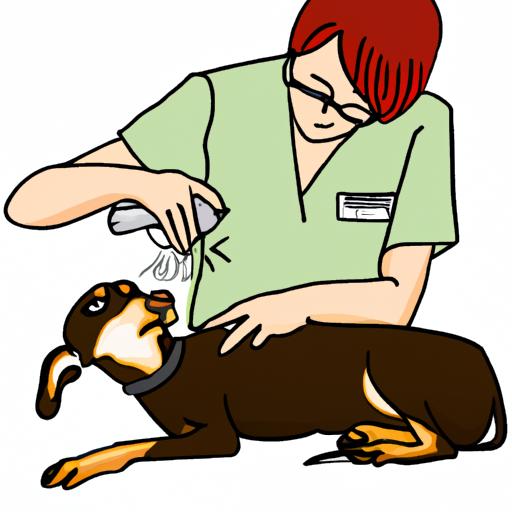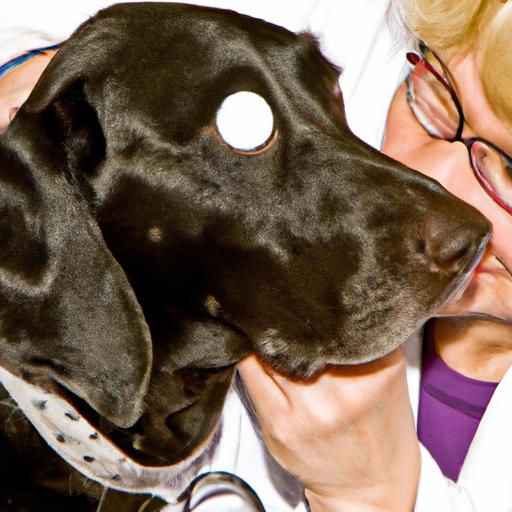
Canine Bladder Cancer: Identifying Symptoms
Discover how to identify symptoms of canine bladder cancer with our comprehensive guide. Early detection is crucial for effective treatment.
Introduction
Welcome to our comprehensive guide on canine bladder cancer. As devoted pet owners, we understand the importance of recognizing potential health issues in our furry companions. In this article, we will delve into the topic of canine bladder cancer and shed light on the vital task of identifying its symptoms. By familiarizing yourself with the signs, you can take prompt action and ensure the best possible care for your beloved canine friend.

Symptoms of Canine Bladder Cancer
When it comes to identifying canine bladder cancer, recognizing the symptoms is key. By being aware of the signs, you can seek veterinary attention at the earliest stage possible, potentially improving treatment outcomes. Here are some common symptoms that may indicate the presence of bladder cancer in dogs:
-
Frequent Urination: Have you noticed your dog needing to relieve themselves more frequently than usual? This increased urgency to urinate could be a sign of bladder cancer. Keep an eye out for any abrupt changes in your dog’s bathroom habits.
-
Blood in Urine: Another potential indicator of bladder cancer is the presence of blood in your dog’s urine. If you notice pink, red, or brownish discoloration, it’s essential to consult with your veterinarian promptly. While there could be other causes for this symptom, it’s crucial to rule out bladder cancer as a possibility.
-
Difficulty Urinating: Dogs with bladder cancer may experience difficulty when trying to urinate. Straining, discomfort, or visible signs of discomfort during urination should not be ignored. These symptoms might indicate an obstruction caused by tumors in the bladder.
It’s important to note that the severity and duration of these symptoms may vary from case to case. Some dogs may exhibit all three symptoms, while others may only display one or two. Regardless, any concerning changes in your dog’s urinary habits should be taken seriously.

Frequently Asked Questions (FAQ) about Canine Bladder Cancer
What are the risk factors for developing canine bladder cancer?
While the exact causes of bladder cancer in dogs are still being studied, certain risk factors have been identified. Some of the factors that may increase a dog’s susceptibility to developing bladder cancer include:
- Age: Older dogs are generally more prone to developing bladder cancer.
- Breed Predispositions: Certain breeds, such as Scottish Terriers and Shetland Sheepdogs, have a higher incidence of bladder cancer.
- Environmental Factors: Exposure to certain chemicals, such as pesticides or herbicides, may increase the risk of developing bladder cancer.
How is canine bladder cancer diagnosed?
Diagnosing bladder cancer in dogs typically involves a combination of methods, including:
- Physical Examination: Your veterinarian will conduct a thorough physical examination, looking for any palpable abnormalities in the bladder region.
- Urinalysis: A urinalysis will be performed to check for the presence of blood, abnormal cells, or other indications of bladder cancer.
- Imaging Techniques: X-rays, ultrasounds, or other imaging techniques may be employed to visualize the bladder and detect any tumors.
- Biopsy: A biopsy may be necessary to definitively confirm the presence of bladder cancer. A small sample of tissue will be collected and examined under a microscope.
Are there any breed predispositions for this type of cancer?
Yes, certain dog breeds have shown a higher predisposition to bladder cancer, although the exact reasons are not fully understood. Breeds such as Scottish Terriers, Shetland Sheepdogs, Beagles, and West Highland White Terriers have been found to have an increased incidence of bladder cancer. However, it’s important to note that bladder cancer can affect any dog, regardless of breed.
Can bladder cancer in dogs be treated?
Treatment options for bladder cancer in dogs depend on various factors, including the stage of the cancer, the dog’s overall health, and the presence of any metastasis. Some common treatment approaches include:
- Surgery: Surgical removal of the tumor is often recommended if the cancer is localized and has not spread.
- Chemotherapy: In cases where the cancer has spread or cannot be surgically removed, chemotherapy may be used to slow down tumor growth and improve quality of life.
- Palliative Care: In advanced cases where a cure is not possible, palliative care focuses on managing symptoms and providing comfort for the affected dog.
It’s worth noting that each case is unique, and treatment plans should be tailored to the individual dog in consultation with a veterinarian.
Conclusion
In conclusion, being able to identify the symptoms of canine bladder cancer is a crucial step in ensuring the well-being of your furry friend. By paying attention to signs such as frequent urination, blood in urine, and difficulty urinating, you can seek veterinary care promptly, potentially improving treatment outcomes. Remember, early detection is key, and it’s essential to consult with your veterinarian if you notice any concerning changes in your dog’s urinary habits. By working together with your veterinarian, you can provide the best possible care and support for your canine companion throughout their journey.






























